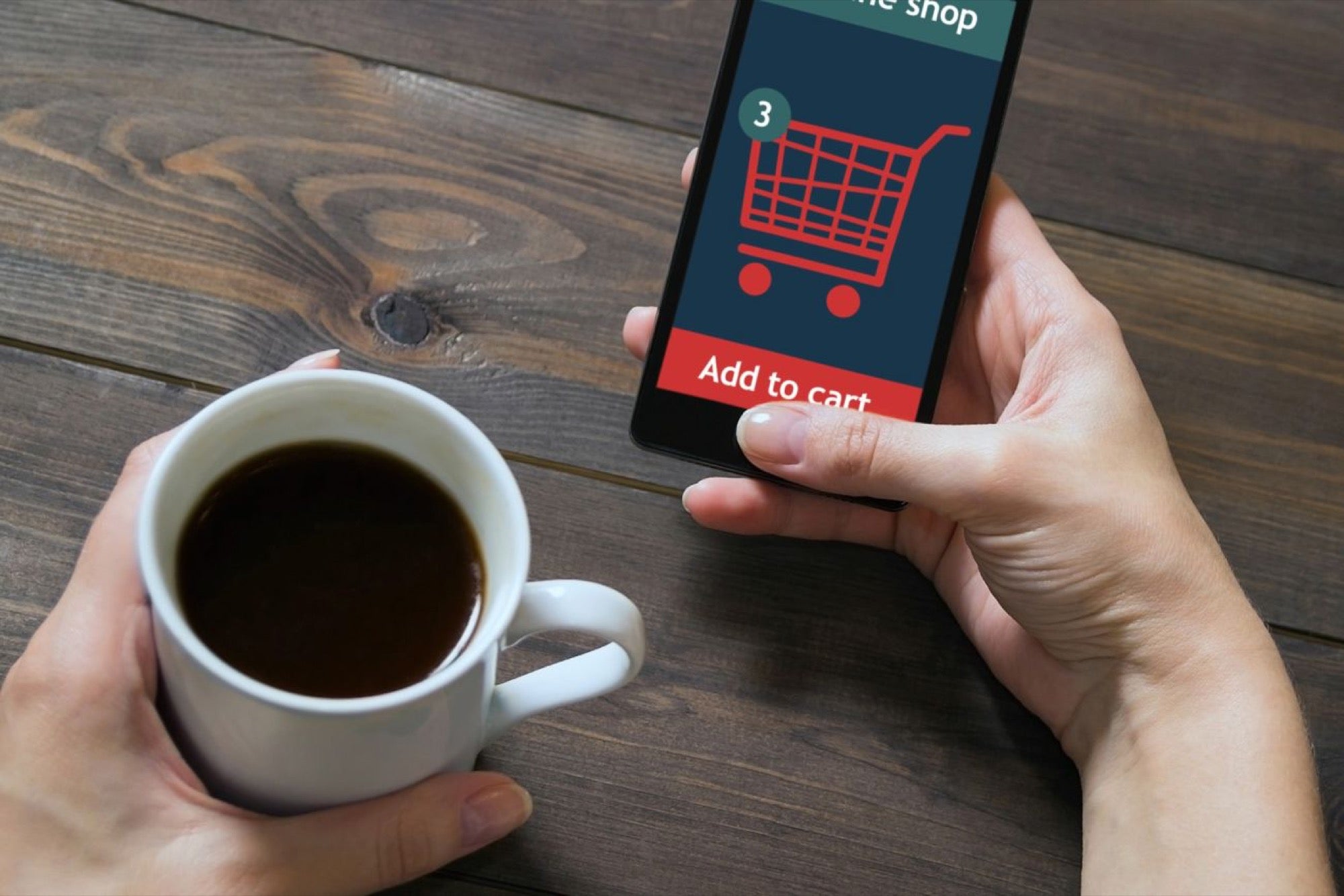How to Get Past These 5 Common Challenges to Selling Online From finding the right website builder to figuring out how customers will pay you, there's a lot to consider when opening an online store.
By Amit Mathradas Edited by Dan Bova
Opinions expressed by Entrepreneur contributors are their own.

With the new year comes the opportunity to look back at your business strategy and determine where you can grow. For many, taking their business online is still a bridge to be crossed -- in fact, 29 percent of brick-and-mortar small businesses still don't have an ecommerce website, according to a survey by Clutch of 355 U.S. small-business owners. And online shopping isn't slowing anytime soon. Recent data from NRF shows that online and non-store holiday sales generated $138.4 billion -- an 11.5 percent increase over 2016. The upside of online business expansion is too valuable to be ignored -- opening a new sales channel and developing meaningful relationships with your customers can be the key to driving new revenue.
Related: The Top 3 Ecommerce Sites of 2017 -- and What You Can Learn from Them
Before you open an online store, you need to be aware of the challenges you may face right out of the gate. Building a plan to address these can you set you up for success for when you finally open your virtual doors.
Here are five major things to consider when making the leap to selling online:
1. Finding the right service providers
When you build your website, one of the first critical decisions is finding the right service providers, from website builders to payments processors and everything in between. Do your homework to understand what features you'll actually need, how the various services are priced and whether you're getting a solution that can grow with your business. If you're not sure what you need or what to look for, reach out to fellow business owners in your area for their recommendations.
Many providers also have resources that can help. For example, recent BigCommerce research showed that 64 percent of shoppers are more likely to make a purchase on an easy-to-navigate website, proving that aesthetics go a long way. The right provider can help you create a professional, secure customer experience while helping you understand why.
Related: How to Get Your First 100 Sales on Amazon
2. Making it easy for customers to pay you
Customers want choice, so be prepared to let them pay however they want. It's a good way to increase customer satisfaction and help drive more sales. A recent PYMNTS.com Checkout Conversion Index shows that 40 percent of online shoppers abandon their carts in the period between visiting a business's website and completing a transaction. So, if customers already have their payment information saved with a service like Apple Pay, Amazon Pay or PayPal, it'll be easier for them to shop and buy -- especially on their mobile devices -- when you accept these payment methods.
3. Reconciling online and offline payments
Reconciling online and in-store purchases can get tricky. That's where cloud-based tools can save you time and headaches. For example, accounting software that integrates well with popular payment providers can help you track your invoices in one location. So, whether you get paid online or in your storefront, these tools easily and automatically reconcile the payments, cutting down on time spent manually sorting through spreadsheets and outstanding invoices. They can also be a big help at tax time.
Related: Making Money Online: 5 Major Online Selling Opportunities for Any Entrepreneur
4. Expanding your customer base into new markets
One of the many benefits of selling online is that it opens up your business to customers in new markets around the globe. When selling overseas, however, it's important to tailor your online shopping experience for international buyers. The key things to consider when selling outside your borders include: website translation; localized, secure payment methods; pricing that enables you to compete with local vendors; and transparency around currency exchanges and fees.
5. Connecting the in-store and online shopping experiences
Shoppers are increasingly expecting a more seamless, consistent multichannel shopping experience. It's important to make your online and brick-and-mortar properties extensions of one another. Try offering services like "buy online, pick-up in store" and "buy online, return in store" to create unique and engaging experiences for shoppers that also help drive sales. This strategy also enables you to make the most of your physical presence in a way that online-only platforms can't.
Making the move online is an exciting prospect for any business. Do your homework in the areas above to help you build a smart business plan that ultimately leads to growth in both your online and offline sales channels.
Related Video: How to Recover Customers Who Abandon Their Carts










